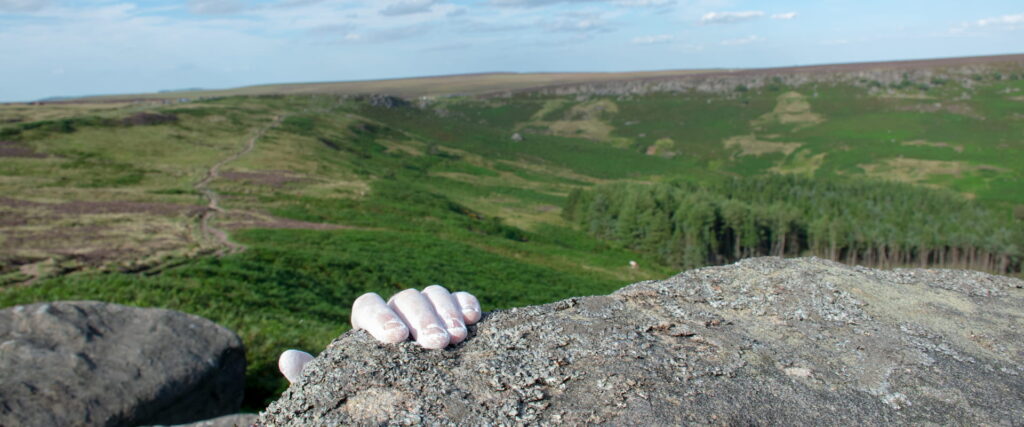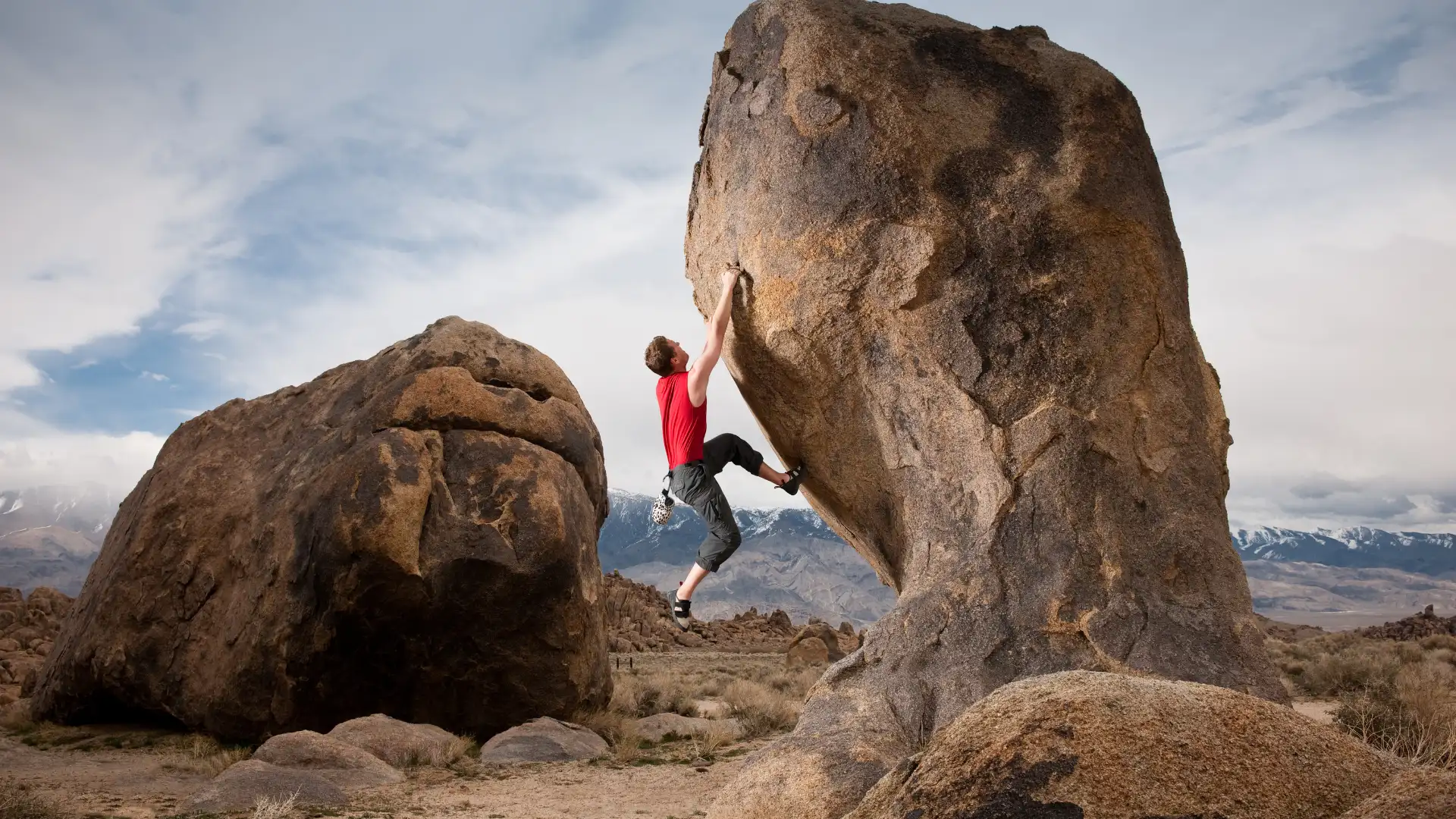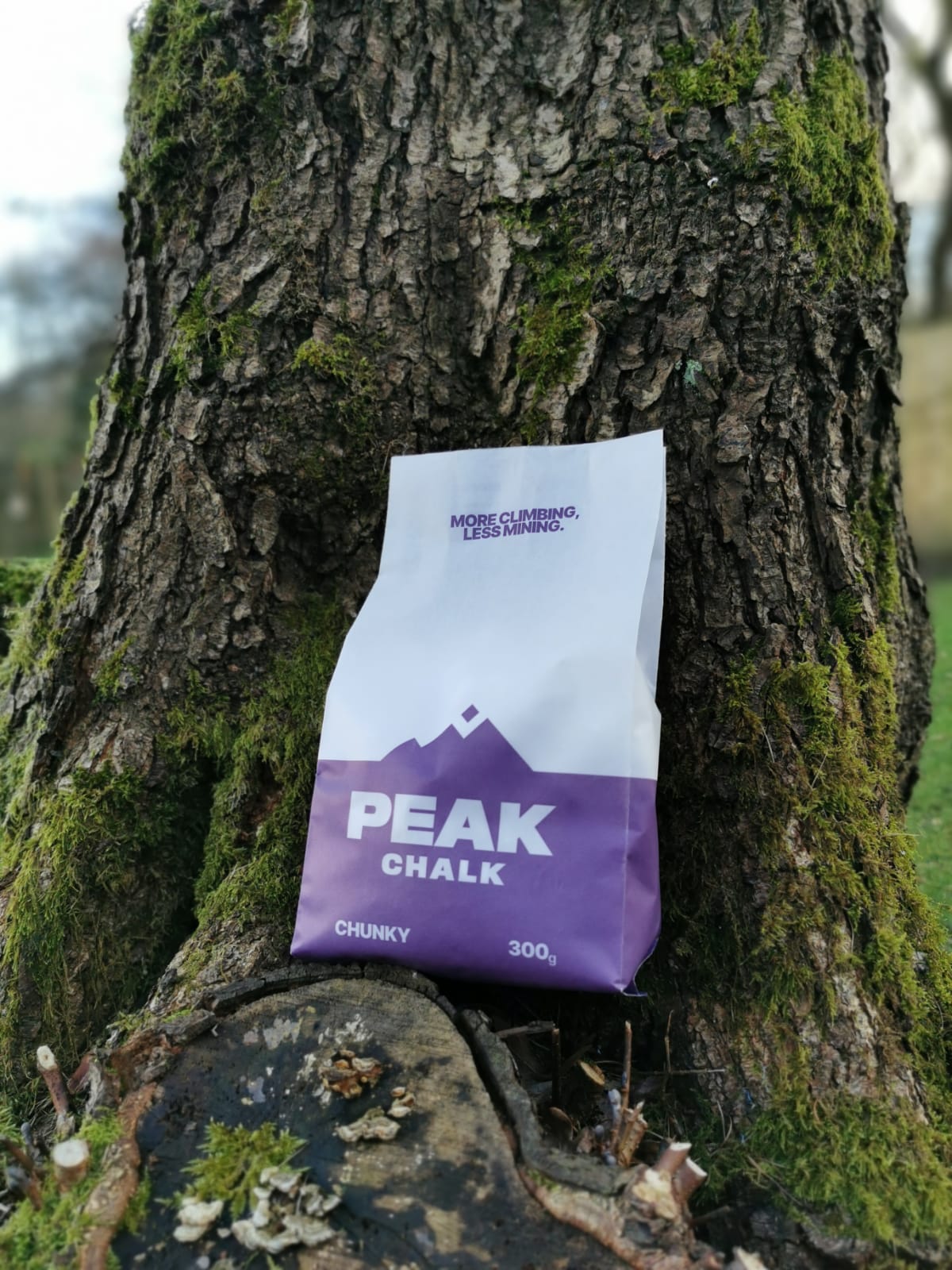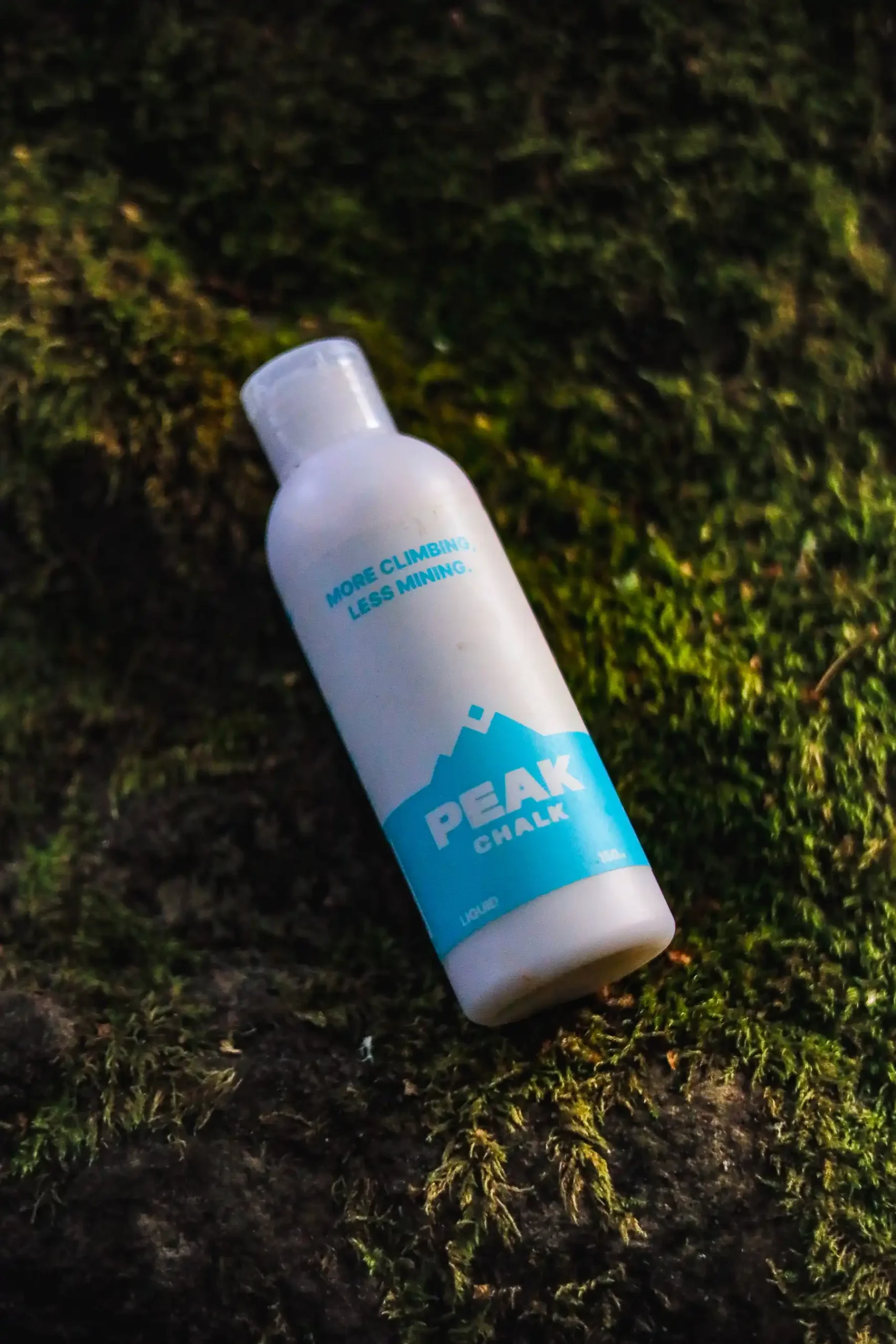Introduction:
Outdoor climbing offers a unique and exhilarating experience, where the texture and type of rock can greatly impact your climbing performance. One essential item that plays a crucial role in conquering outdoor routes is climbing chalk. However, not all rocks are created equal, and selecting the right type of chalk for the terrain can make a significant difference. In this article, we’ll explore the importance of packing the appropriate climbing chalk for different types of rock when embarking on outdoor climbing adventures in the UK.
Understanding Rock Varieties:
Before delving into chalk selection, it’s important to grasp the diversity of rock types commonly encountered in outdoor climbing:
- Limestone: Known for its pockets, crimps, and often smooth surfaces, limestone demands chalk that provides a solid grip without compromising the texture of the rock.
- Sandstone: Sandstone offers unique holds and features but can be more delicate. The right chalk choice balances grip enhancement with care for the rock’s integrity.
- Granite: Renowned for its friction-friendly surfaces, granite requires chalk that can augment the natural grip without leaving residue that might impact aesthetics.
Selecting the Right Outdoor Climbing Chalk:
- For Limestone:
Limestone’s characteristics necessitate chalk that offers reliable grip without overpowering the subtleties of the rock’s texture. Consider fine-textured chalk that adheres well to your hands while allowing you to feel the holds. - For Sandstone:
Sandstone’s porous nature requires chalk that doesn’t contribute to rock degradation. Opt for chalk with finer particles that minimize the abrasiveness and maintain the rock’s integrity. - For Granite:
Granite’s abrasive quality calls for chalk that can withstand the friction without leaving visible marks. Look for chalk with a balance of grip enhancement and minimal residue.
Packing Chalk for Outdoor Climbing:
- Know the Area: Research the climbing location and its predominant rock type. This information will guide your chalk selection process.
- Multiple Options: If you’re climbing in an area with diverse rock types, consider carrying different types of chalk to suit the varying surfaces.
- Refillable Chalk Ball: A refillable chalk ball is a versatile option. You can adjust the chalk inside based on the specific needs of the climb and rock type.
- Liquid Chalk: Liquid chalk can be a valuable addition to your outdoor climbing kit. It provides a base layer of chalk that adapts to the rock’s texture.
- Brush for Cleaning: Alongside your chalk, carry a soft brush for cleaning holds. Maintaining clean holds can optimize grip and chalk performance.

Conclusion:
Outdoor climbing enthusiasts in the UK know that the right gear can mean the difference between success and challenges on the rock. Among these essentials, climbing chalk stands out as a game-changer, influencing grip and performance. When venturing into diverse terrains, understanding the characteristics of different rock types and selecting the appropriate chalk can significantly impact your climbing experience. Whether it’s limestone, sandstone, or granite, the art of packing the right chalk ensures that you’re ready to conquer the unique challenges presented by each outdoor climbing destination.








